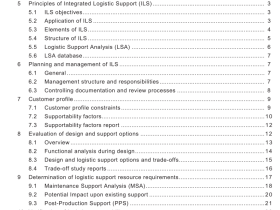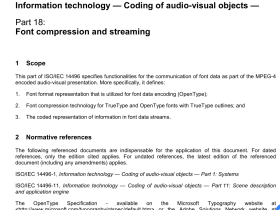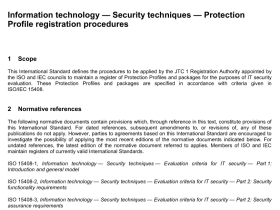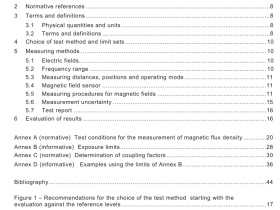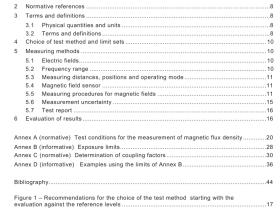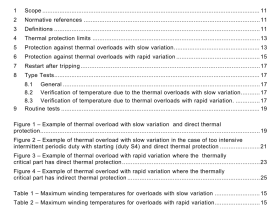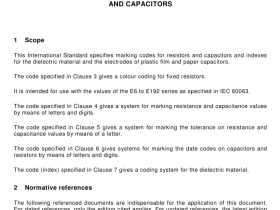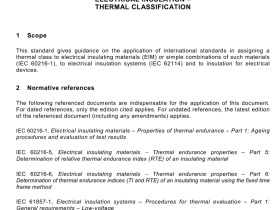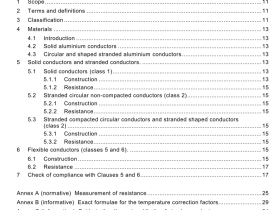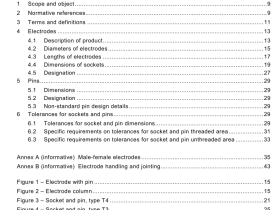IEC 60099-5 pdf download
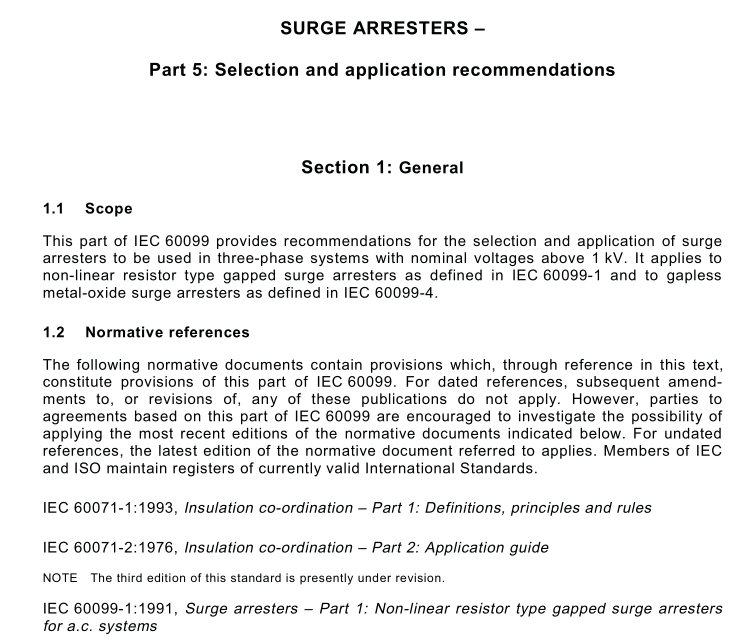
IEC 60099-5 pdf download Surge arresters – Part 5: Selection and application recommendations
For range I systems containing overhead lines, the main risk to equipment arises from induced and direct lightning strokes to the connected overhead lines. In cable systems not connected to overhead lines, overvoltages due to faults or switching operations are most likely to occur. In rare cases, however, lightning induced overvoltages may also be generated. In systems of range II, in addition to range I factors, switching overvoltages become important, increasing with higher system voltages. Overvoltages may cause flashovers and serious damage to the equipment and thereby jeopardize the supply of power to users. It is essential to prevent this by the proper co-ordination of surge arresters with the insulation. It is, therefore, recommended to use surge arresters if there are possibilities of lightning overvoltages or high switching overvoltages which may be dangerous to the equipment.
These surge arresters should constitute a reliable part of the system. They are designed to withstand the voltages and the resulting currents through them with a sufficiently high reliability taking into account pollution and other site matters. In each system such voltage stresses are (see IEC 60071 -1 ):
– operating voltage;
– temporary overvoltages;
– slow-front overvoltages;
– fast-front overvoltages;
where the slow-front overvoltages due to switching are of particular importance for arresters protecting range II equipment.
As a general principle, the best protection of equipment and high surge arrester rated voltages are contradicting requirements. Thus the selection of an adequate arrester consti- tutes an optimization process, which has to consider a great number of system and equipment parameters.
Gapless metal-oxide surge arresters are of particular advantage for earthed neutral systems, because they offer better protection against slow-front overvoltages. This arrester type is today widely installed in these systems and the application of arresters for such systems tends to concentrate on metal-oxide surge arresters. In some isolated or resonant earthed neutral systems, where earth fault temporary overvoltages may have long durations, gapped surge arresters may offer advantages, if protective levels are required to be low. While being the surge arrester traditionally used in all voltage ranges, the consideration of gapped arresters may be adequate for systems of range I, especially in the lower voltage range.
1.4 General procedure for the selection of surge arresters
The following iterative procedure, shown in the flow diagram of figure 1 , is recommended for the selection of surge arresters:
– determine the continuous operating voltage of the arrester with respect to the highest system operating voltage;
– determine the rated voltage of the arrester with respect to the temporary overvoltages;
